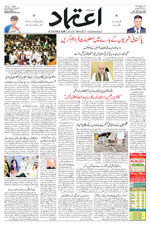Ethiopia-Eritrea border reopens after 20 years
Tue 11 Sep 2018, 19:28:57
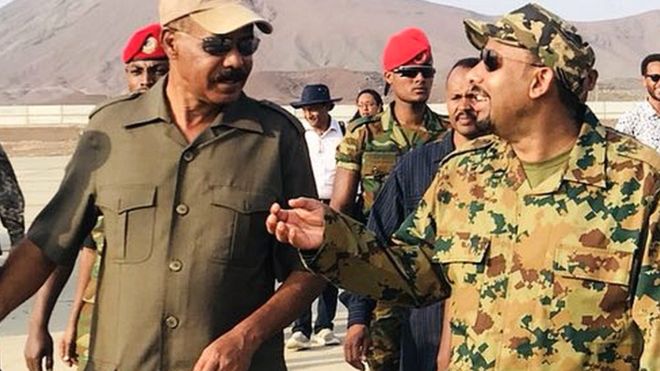
Ethiopians and Eritreans have been celebrating the reopening of two key crossing points more than 20 years after a border war shut them.
Hundreds of people from the two countries hugged each other and some wept as their leaders led celebrations to mark the reopening.
It is the latest sign of rapprochement between the former enemies.
Ethiopian Prime Minister Abiy Ahmed and Eritrean President Isaias Afwerki signed a peace deal in July.
It restored diplomatic and trade relations between the nations.
The reopening at Burre gives landlocked Ethiopia access to the sea. Another border post, near the Ethiopian town of Zalambessa, also reopened.
The reopening coincides with the Ethiopian New Year, adding to the festive atmosphere.
The war, fought over the exact location of the boundary between Ethiopia and Eritrea, began in May 1998 and left tens of thousands of people dead.
It ended in 2000 with the signing of the Algiers agreement. But peace was never fully restored as Ethiopia refused to implement a ruling by a border commission established by the agreement.
What is the significance of the reopening?
Families divided by the conflict will be able to go and visit each other after more than two decades.
In July, Ethiopia's Prime Minister Abiy and Eritrea's President Isaias signed a declaration saying that the state of war between the two countries was over.
Since then, phone calls and flights between the two countries resumed, and last week a ship registered in Ethiopia arrived in an Eritrean port.
The two countries have also reopened their
embassies in each others' capital cities.
embassies in each others' capital cities.
What will happen at other border crossings?
For now, only the land crossings at Zalambessa and Burre have reopened. The details about other parts of the 1,000km (620 miles) border still need to be worked out.
The town of Badme, the flashpoint for the 1998-2000 conflict, was ruled to be in Eritrea by the border commission set up by the Algiers peace agreement.
But until recently Ethiopia, which still administers Badme, refused to accept this. That changed when the two leaders met, but the town has not yet been handed to Eritrea.
What happened to Zalambessa during the war?
The border town was one of the main theatres of the conflict.
During the two-year war, Zalambessa was occupied by Eritrean forces and, in the fighting, much of it was destroyed.
But Eritrea has never contested that it is part of Ethiopia and its status is not controversial.
What other changes have happened in the region?
The rivalry affected the whole region, with Ethiopia and Eritrea normally taking opposite positions whatever the question.
They took rival sides in Somalia's long conflict - Eritrea was accused of backing Islamist groups, while Ethiopia, a US ally, supported the internationally recognised government.
That is now changing and last week Ethiopia, Eritrea and Somalia signed a cooperation agreement to restore peace and stability to the region.
Eritrea and Djibouti also agreed to normalise relations after a dispute over their border had threatened to break out into war.
No Comments For This Post, Be first to write a Comment.
Most viewed from International
Most viewed from World
AIMIM News
Latest Urdu News
Most Viewed
May 26, 2020
Do you think Canada-India relations will improve under New PM Mark Carney?
Latest Videos View All
Like Us
Home
About Us
Advertise With Us
All Polls
Epaper Archives
Privacy Policy
Contact Us
Download Etemaad App
© 2025 Etemaad Daily News, All Rights Reserved.

.jpg)
.jpg)
.jpg)
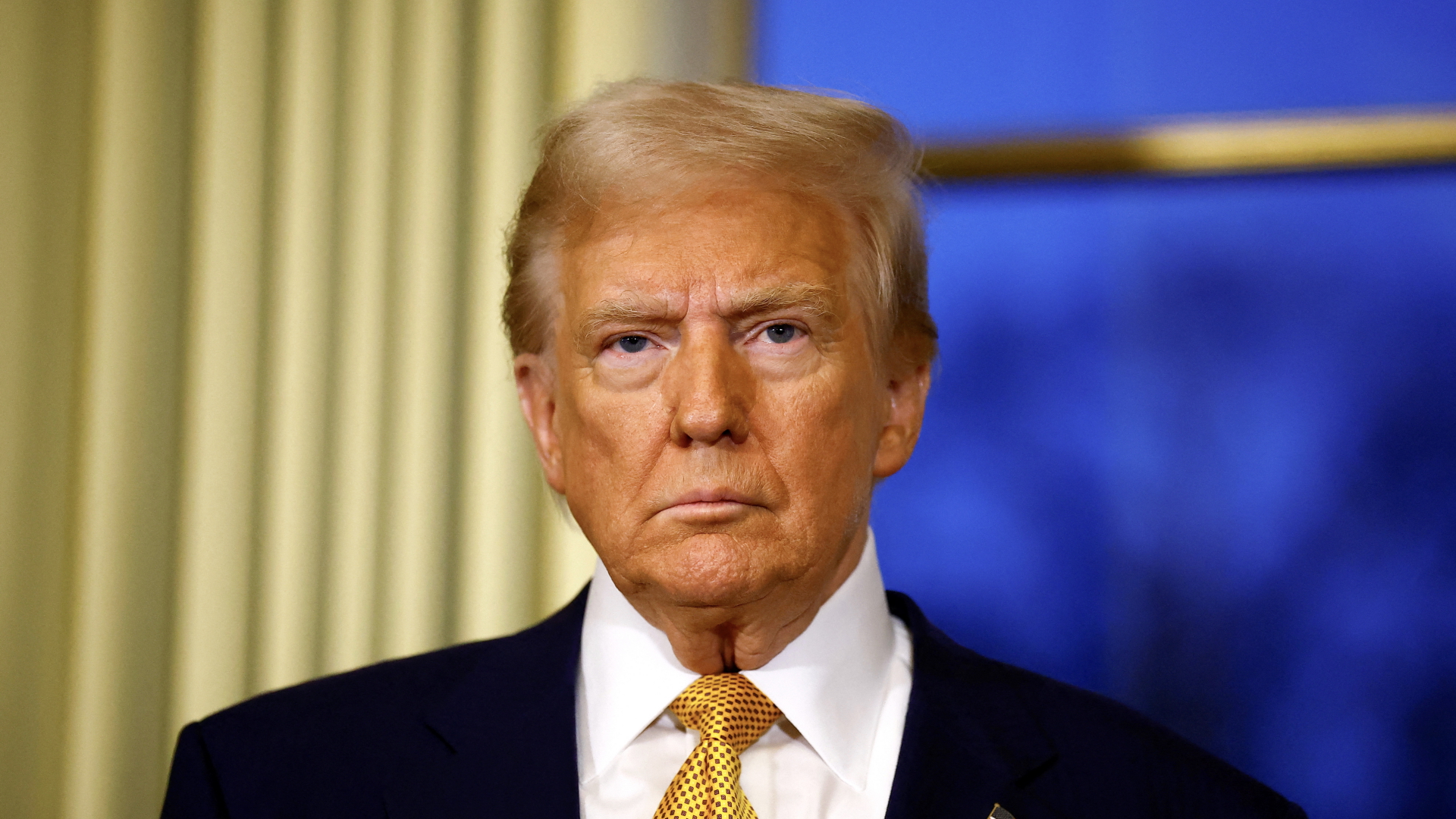
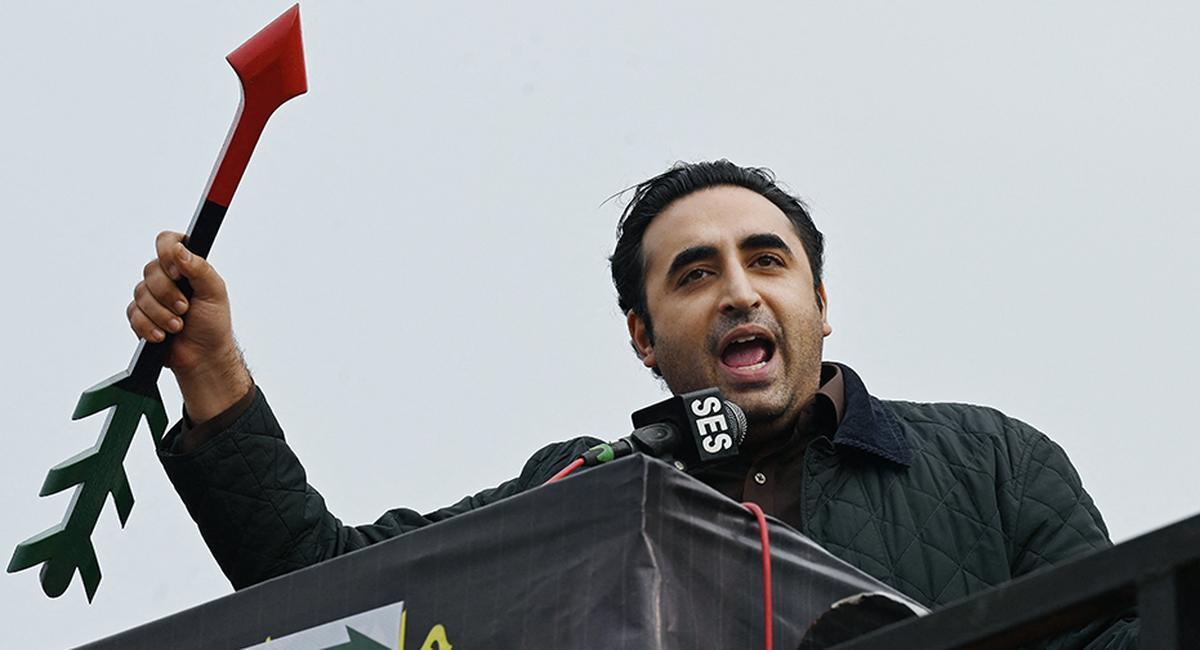
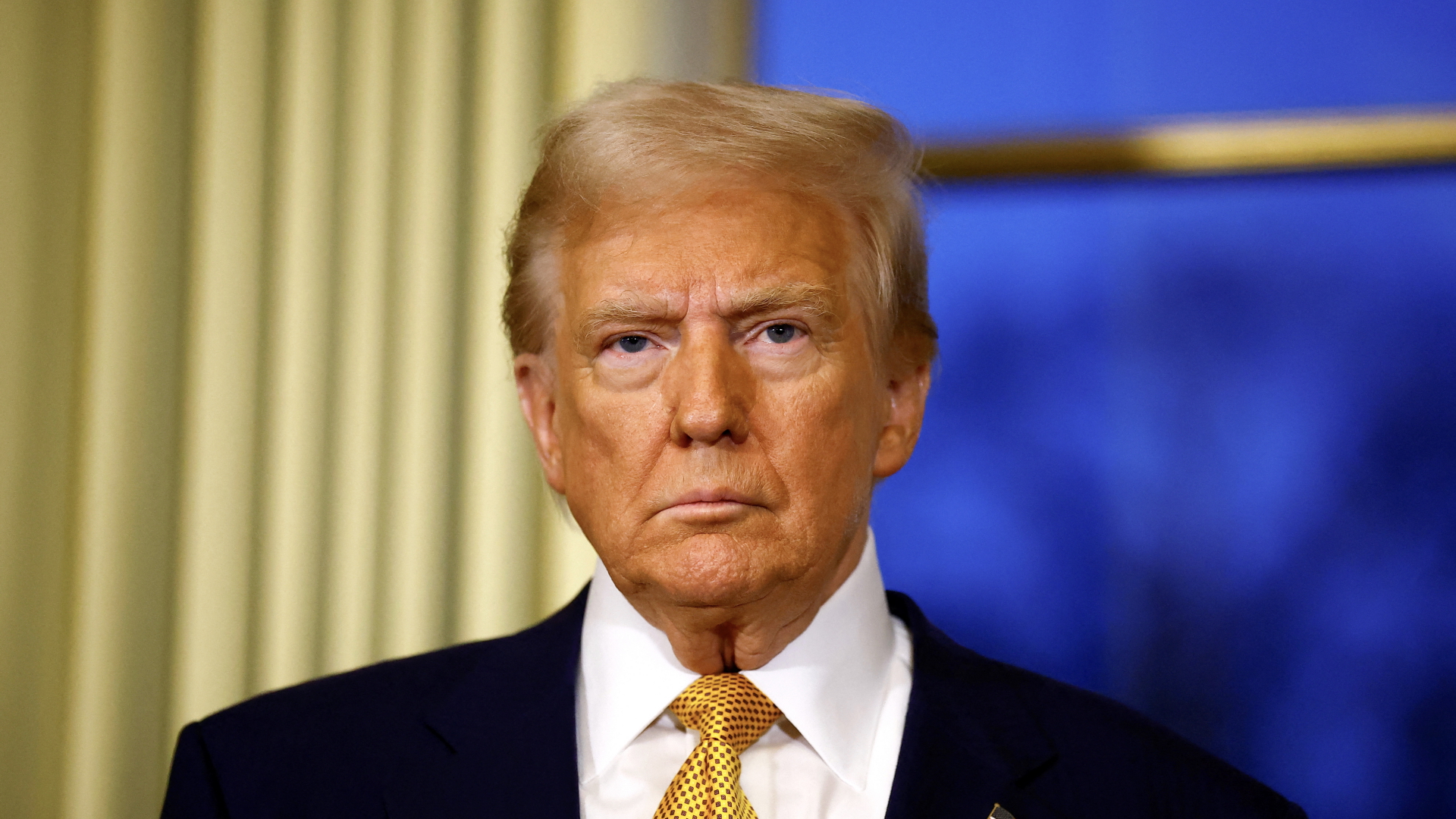

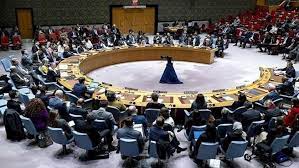

.jpg)
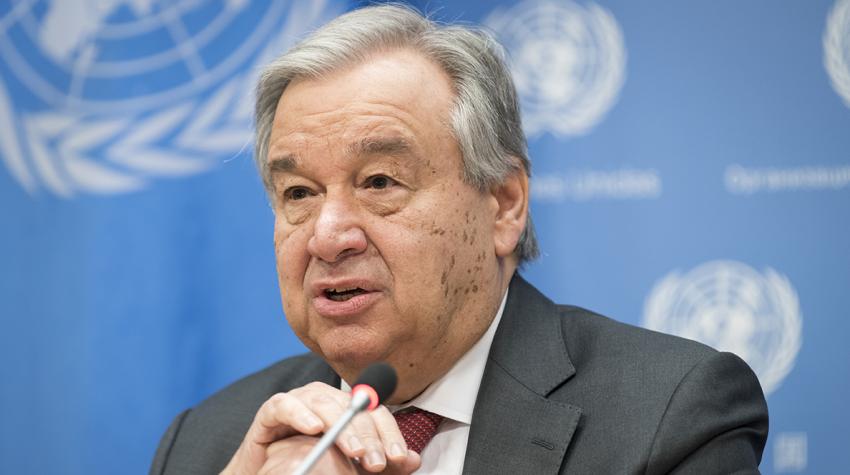
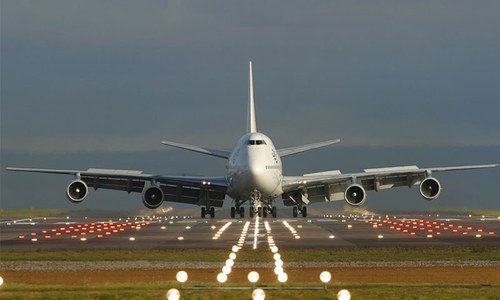
.jpg)
.jpg)
.jpg)
.jpg)
.jpg)
.jpg)
.jpg)
.jpg)
.jpg)
.jpg)
.jpg)
.jpg)

